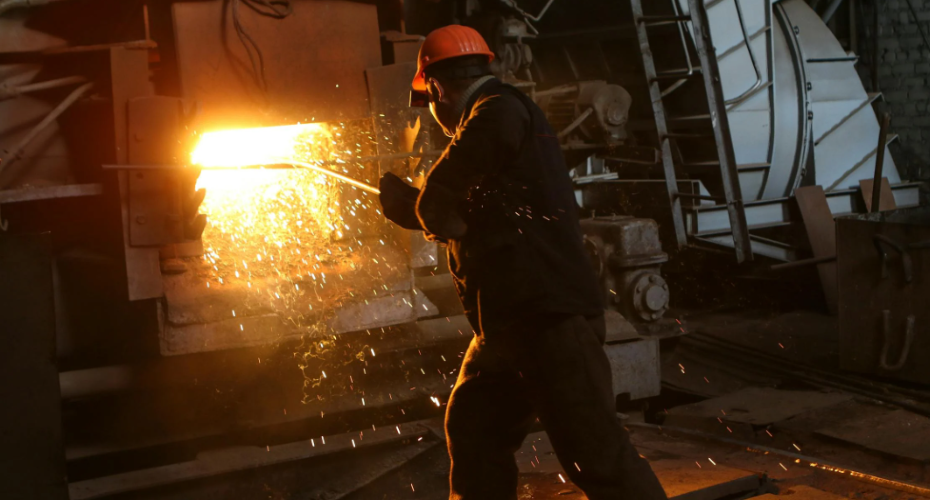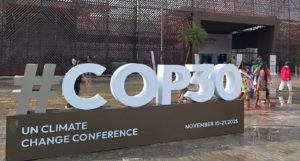Combination of policies could drive ‘clean steel’ transition

Image sourced on Pexels taken by Kateryna Babaieva
A combination of policies could drive the transition to “clean steel” – cutting emissions from a hard-to-decarbonise industry, new research shows.
Steel production currently produces about 7 % of global carbon dioxide emissions, and at present almost all primary steel production is done by polluting methods.
The new report assesses four policy options – carbon pricing, restrictions on the construction of new blast furnaces, subsidies and public procurement, and mandates – for their ability to boost deployment of technologies with “near-zero” emissions.
The analysis finds that carbon pricing, a policy option implemented or planned by many governments, is most likely to drive a shift towards the recycling of scrap steel – but not to enable the deployment of clean technologies for primary steel production. Restrictions on the construction of new blast furnaces would be likely to have a similar effect.
Steel can already be made from recycled scrap at competitive prices; around a quarter of the world’s steel is made this way.
Decarbonising primary steel production is the more difficult challenge: for this, new technologies are needed. The report finds that targeted subsidies together with public procurement, or clean steel mandates (requiring a rising proportion of primary steel production to be near-zero emissions) could enable the new technologies to be deployed.
Using the four policies together could incentivise more recycling and support the deployment of new technologies – with a “combined impact far exceeding that of any single policy”.
“Our analysis shows this combination would create a virtuous cycle,” said Arpan Golechha, of WRI India.
“Reducing the cost of new technologies increases uptake, and increasing uptake reduces costs.
This transition will require support from both the public and private sector. Providing that support aligns with the net zero targets set by both governments and companies.”
Steel is a critical raw material for technologies such as wind turbines, solar panels, geothermal plants and electric vehicles – so sector has key role in green transition
New steel is currently made by one of two methods – 71% by Blast Furnace-Basic Oxygen Furnace (BF-BOF), which uses a significant amount of coal, and 29% by Electric Arc Furnace (EAF).
“Clean steel” – with near-zero emissions – would be made by BF-BOF with carbon capture and storage, hydrogen-based EAF and/or EAF production using scrap steel.
Scrap-based production cannot supply all global demand.
The other clean options are currently more expensive than polluting technologies, meaning policy action is needed to drive change and ensure the steel sector achieves the 90% emissions reductions necessary by 2050 to meet the Paris Agreement climate targets.
“Several countries have policies in place to decarbonise steel – but barely any near-zero emissions primary steel production is currently happening globally,” said Dr Femke Nijsse, from the Global Systems Institute at the University of Exeter, and deputy director of Exeter Climate Policy.
“Governments therefore need to know what will work – and that’s what our report addresses.”
The researchers used a “dynamic technology diffusion” model to test policy options and examine their impact on the uptake of new technologies.
China is the largest producer of steel globally, contributing to 56% of total crude steel production in 2023. Other large producers include India, Japan, the US, South Korea and Germany.
The researchers say each country will have a unique route to clean steel production, depending on circumstances such as availability of scrap steel.
Co-author Simon Sharpe, Managing Director of S-Curve Economics, said: “The steel transition needs more than carbon pricing, otherwise we will all just be fighting over the scraps.
“Targeted subsidies are what is needed to deploy clean primary steel, and if the costs are recharged to the industry itself, governments do not have to worry about where to find the money.”
The report is part of the Economics of Energy Innovation and System Transition (EEIST) project, funded by the UK Government’s Department for Energy Security and Net Zero.
The report is entitled: “Towards near-zero emissions steel: modelling-based policy insights for major producers.”



